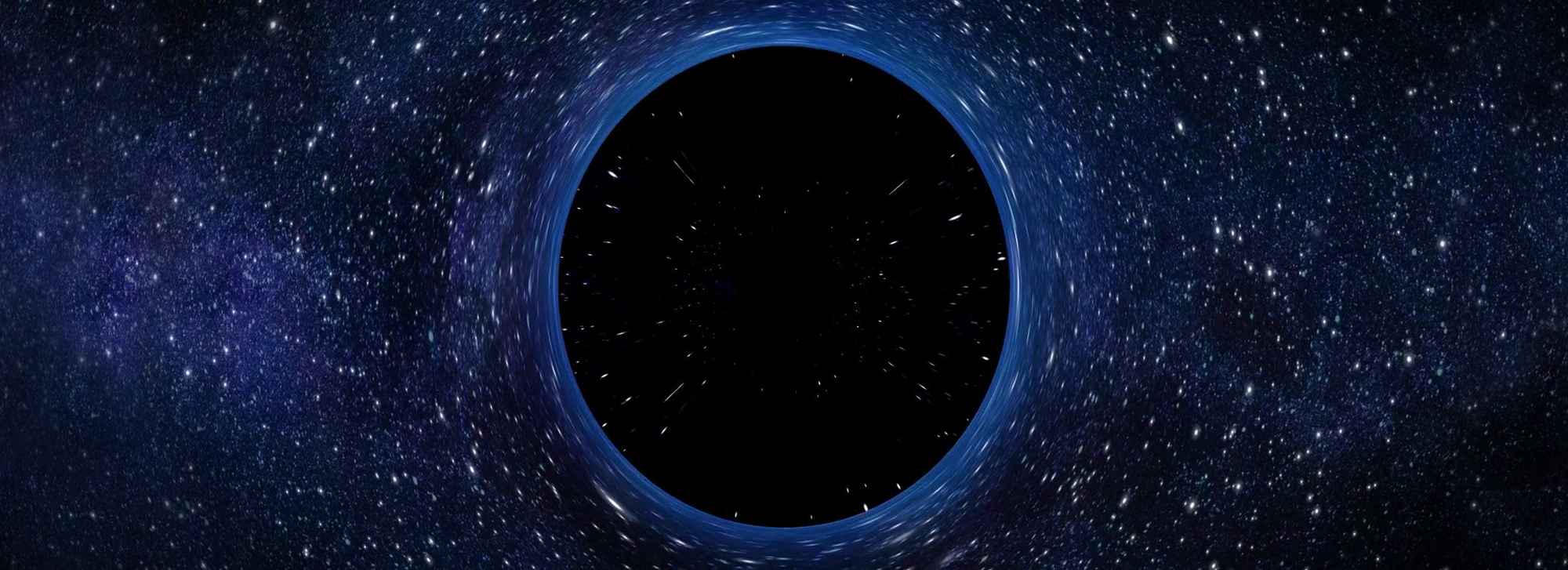Workshop Overview:
For the proposed second workshop, the focus will be two-fold. First, we will work to refine the science questions, particularly in light of potentially new results to be released by the Event Horizon Telescope Collaboration. Second, we will consider the status of required technology for the two broad potential mission architectures and approaches to maturing those technologies for future missions, especially if there can be work done in collaboration with the Event Horizon Telescope Collaboration or the on-going next-generation Event Horizon Telescope study.
Where the first workshop focused mostly on identifying and refining science questions, the second workshop will primarily be focused on exploring and identifying the best instrument to answer these questions, weighing technical challenges with potential scientific payout in the process.
Background:
The objective of this Study is to explore fundamental questions in black hole physics and determine which new measurements will allow those questions to be addressed. During the first workshop, three broad science goals were identified: test theories of gravity, understand jet forming and launching, and conduct a population study to study black hole accretion, mass and spin across cosmic time.
- Testing Theories of Gravity: Imaging near the event horizon of a black hole, with sufficient spatial and temporal resolution will allow us to test theories of gravity. Sufficient temporal resolution would allow gas on plunging trajectories and orbits to be tracked; these trajectories will depend, in part, on the theory of gravity, whether it be Einstein's General Theory of Relativity (GR) or an alternate theory. Sufficient spatial resolution would allow us to detect concentric sub-rings at the photon orbit; the structure of these subrings is sensitively dependent on any deviation in the spacetime metric from that expected in GR.
- Jet Formation and Launching: Collimated jets of material powered by black holes appear to be ubiquitous in the Universe. Jets from supermassive black holes in particular, provide strong evidence for highly efficient processes that convert gravitational potential energy and black hole angular momentum into relativistic outflows mediated by magnetic fields. While state of the art simulations can reproduce such jets, the detailed astrophysics remains uncertain and unconstrained by observations on the relevant scales. Polarimetric imaging near an event horizon of a black hole with fine spatio-temporal resolution could enable material and magnetic field structure to be traced from the accretion disk and into the initial launching of the jet, thereby elucidating key elements in the black hole - jet system.
- Black Hole Accretion and Spin: Black holes increase in mass by accreting material from an orbiting disk or merging with other black holes. However, the balance between these processes is uncertain, and it may change over cosmic time. The image of a black hole should change in shape depending upon the spin (angular momentum) of a black hole, which in turn may encode information about its formation—accretion disks likely produce high values of spin because their angular momentum is transferred to the black hole, while mergers will produce a more uniform distribution of spins because of the random spin axes of merging black holes. Imaging a population of black holes could trace black hole growth processes.
The workshop also began to identify that there are likely two broad classes of mission architectures, one involving one or more orbiters in low- or medium-Earth orbit and one involving a single spacecraft at a considerable distance from Earth. The former architecture would provide for rapid filling of an otherwise sparse aperture in order to increase image fidelity, while the latter architecture would provide extreme angular resolution.




